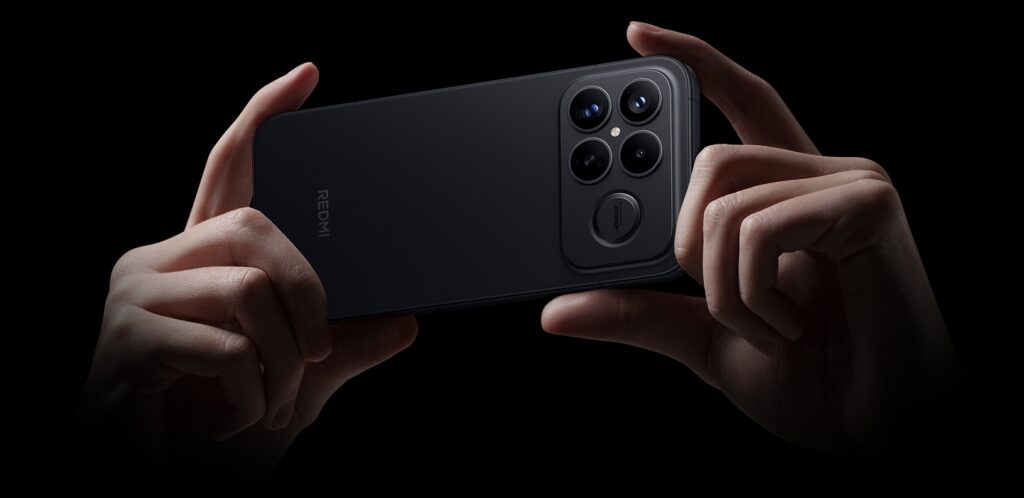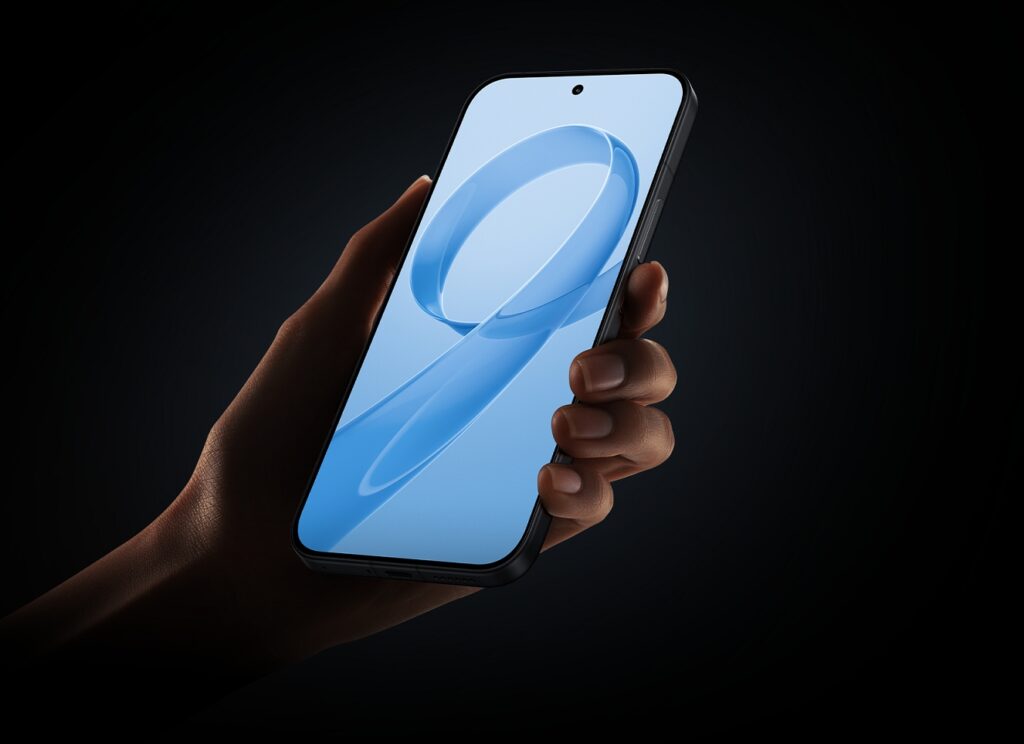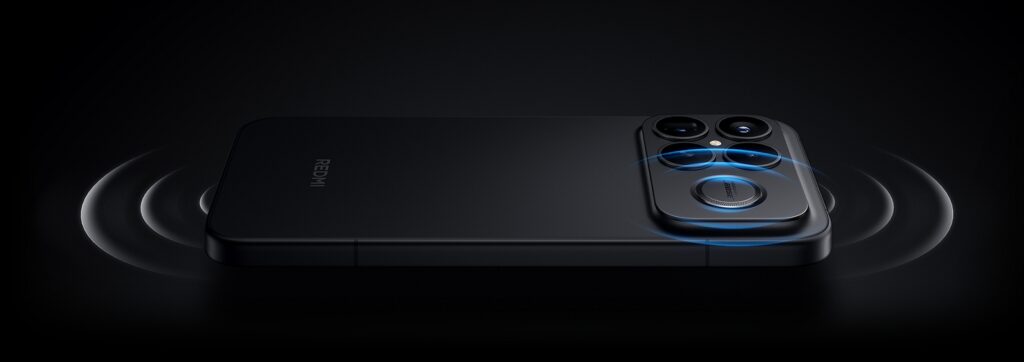
Xiaomi’s REDMI K90 Pro Max smartphone has been officially launched, stunning everyone! In terms of exterior design, it showcases remarkable ingenuity. The large R-corners blend seamlessly with the ultra-narrow bezels, featuring smooth and natural lines that offer an ultimate visual feast. The integrated metal crater-shaped camera Deco on the back boasts a unique design and a premium feel. A prominently sized speaker is equipped on the right side of the camera module, with the “Sound by Bose” inscription at the center standing out conspicuously, highlighting an unwavering pursuit of professional sound quality.

When it comes to color options, in addition to the classic Stream Gold White and Black regular versions, a special Denim (third-generation tech nano-leather) version is also introduced to cater to the personalized needs of different users.
The screen performance is equally outstanding. The 6.9-inch 120Hz RGB OLED straight display with visually equal four-sided bezels delivers a delicate and lifelike picture display. Utilizing M10 luminescent material and incorporating multiple eye-protection technologies such as full-brightness DC dimming, it effectively reduces the harm caused by blue light to the eyes, allowing you to care for your eye health while enjoying a visual spectacle.

The imaging capability is truly exceptional. With a 50Mp ultra-large-sensor main camera (Light Hunter 950), paired with an ultra-wide-angle lens and a 5X periscope telephoto lens, it supports 5X optical zoom, 10X lossless zoom, and OIS optical image stabilization. Whether it’s long-distance shooting or macro close-ups, it can handle them with ease. In terms of performance, the Snapdragon 8 Gen 5 Elite, combined with the dedicated display chip D2 and an upgraded 6700mm² largest 3D ice-sealed circulating cold pump, ensures smoother and more stable phone operation. Regarding battery life, the 7560mAh battery, coupled with 100W wired fast charging, 50W wireless fast charging, and 22.5W reverse charging, is compatible with the 100W PPS protocol and supports bypass charging, freeing you from battery anxiety. Additionally, features like 1115F symmetrical dual speakers, 3D ultrasonic fingerprint recognition, IP68 + IP69 dust and water resistance, and more are all available, showcasing a flagship-level style.

ESD (Electrostatic Discharge) components are specialized electronic components designed to safeguard electronic devices from the damaging effects of electrostatic discharge. ESD is a sudden release of static electricity that can compromise the functionality or lifespan of sensitive electronic components. ESD components mitigate this risk by diverting, absorbing, or dissipating ESD events.
In mobile phones, ESD components are critical for protecting internal circuitry from ESD-induced damage. Due to the sensitivity of many components within a mobile phone, multiple ESD components are strategically placed to provide comprehensive protection. These components commonly include ESD diodes, TVS diodes, and other specialized protection devices.
Specifically, ESD components in mobile phones serve to protect various areas:
- Interface Protection: ESD protection is essential for interfaces such as charging ports, headphone jacks, and USB connectors to prevent damage from ESD events during connection.
- RF Circuit Protection: Radio Frequency (RF) circuits are highly susceptible to ESD and require dedicated ESD components to maintain signal integrity and prevent component failure.
- Processor and Memory Protection: Core components like processors and memory ICs require ESD protection to ensure reliable operation and data integrity.
- Touchscreen and Display Protection: Touchscreens and displays, integral to the user experience, are also vulnerable to ESD damage and are protected by dedicated ESD components.
In conclusion, ESD components are vital for protecting the internal electronics of mobile phones from ESD damage, ensuring their reliable operation, and extending their lifespan. Their strategic implementation is essential for maintaining device functionality and user satisfaction.